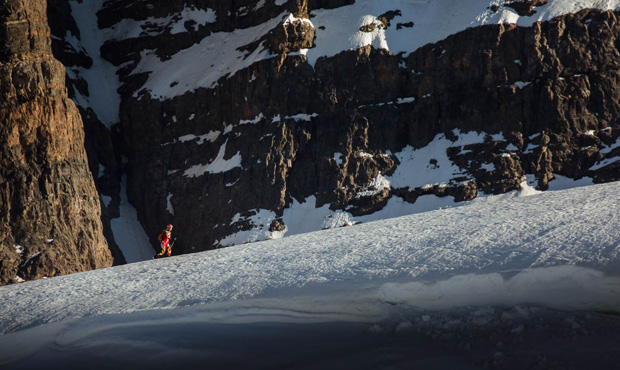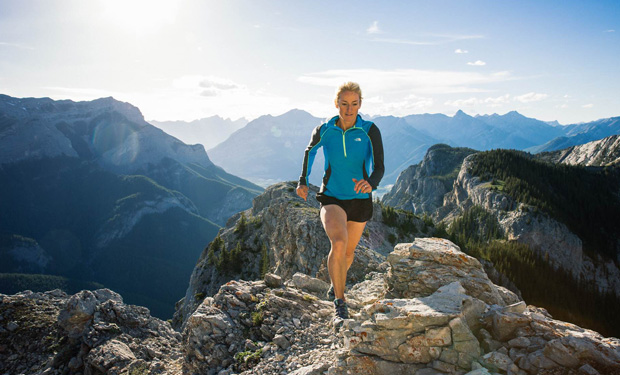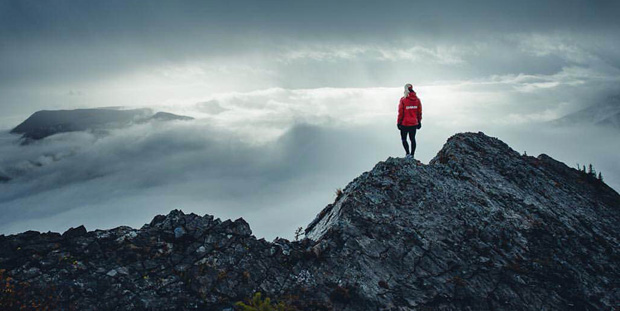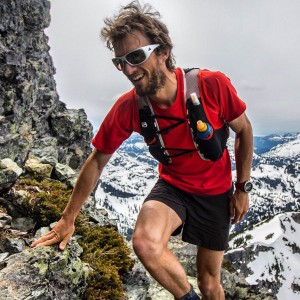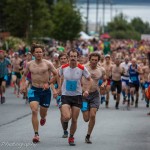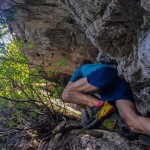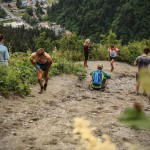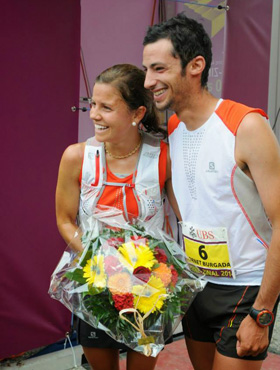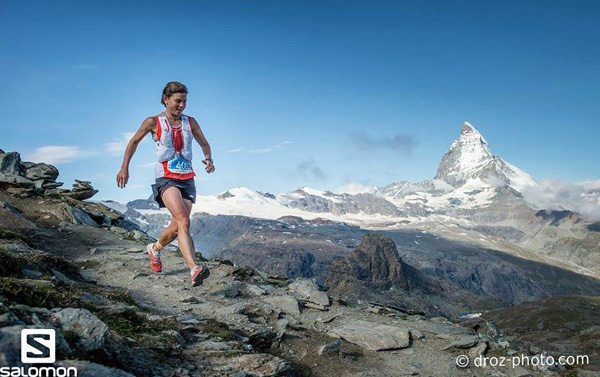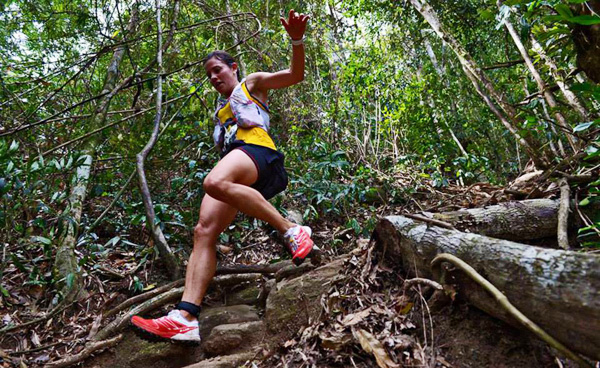On August 27, Andreas Steindl set a new speed record for going up and down the iconic Matterhorn (4478m) from Zermatt via the Hornli Ridge route.
Andreas is a 29-year-old Swiss mountain guide and a member of the Swiss National Ski Mountaineering Team who is known for his speed mountaineering abilities.
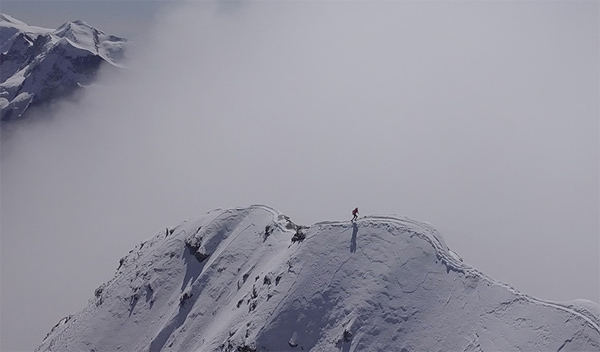
Matterhorn FKT via Hornli Ridge – August 27, 2018
While Kilian Jornet holds the speed record for a round-trip on Matterhorn from the Italian side (starting and finishing in the town of Cervinia), Steindl now holds the record on the Swiss side starting and finishing in his hometown of Zermatt.
Andreas’ took 2 hours 38 minutes to ascend the 2860m to reach the summit from the church in Zermatt, and after running down this iconic mountain he stopped his watch at 3 hours 59 minutes 52 seconds.
Kilian’s route via the Lion Ridge from the Italian side is a bit more difficult than Hornli Ridge but has more fixed rope sections. The elevation gain for ascend via the Lion Ridge is also less, at around 2500m. However, Kilian took only 2 hours 52 minutes for his round-trip. He set this record in August 2013.
Video from Andreas’ record day:
Video from Kilian’s record day in 2013:
Five 4000m peaks in a day by Andreas Steindl – 2015
Back in August 2015, Andreas set an outstanding record for linking up – by running and speed climbing – 5 peaks going from Zermatt to Saas Fee. He covered a total of 31km and ascended just over 4000m.
He needed only 7 hours, 45 minutes and 44 seconds to complete this difficult route.
Here is a really good 25min video from that day:


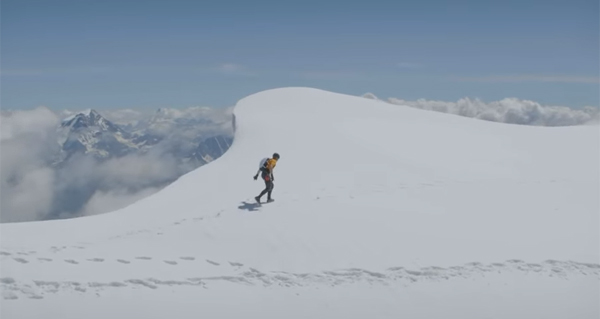
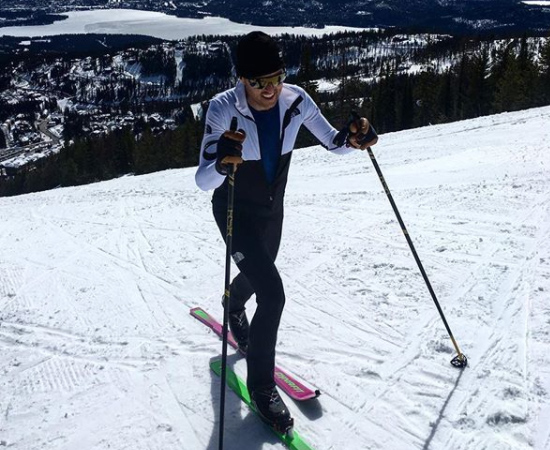
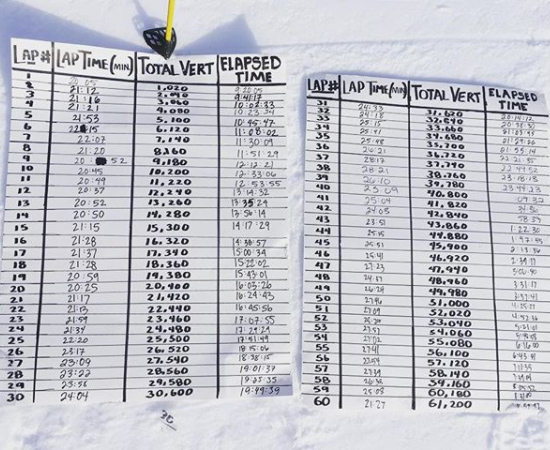
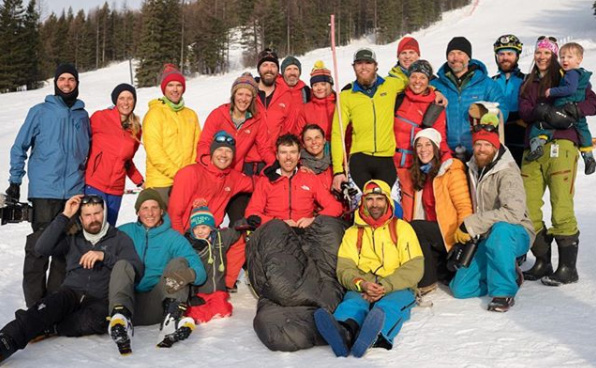
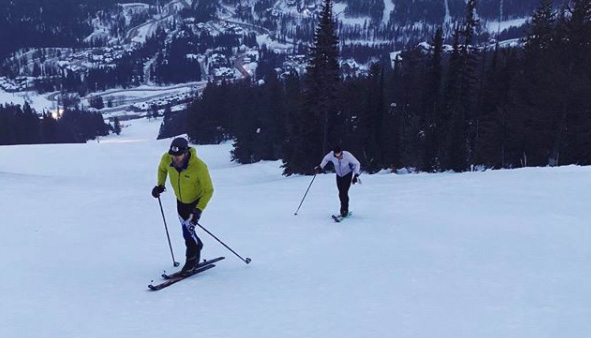
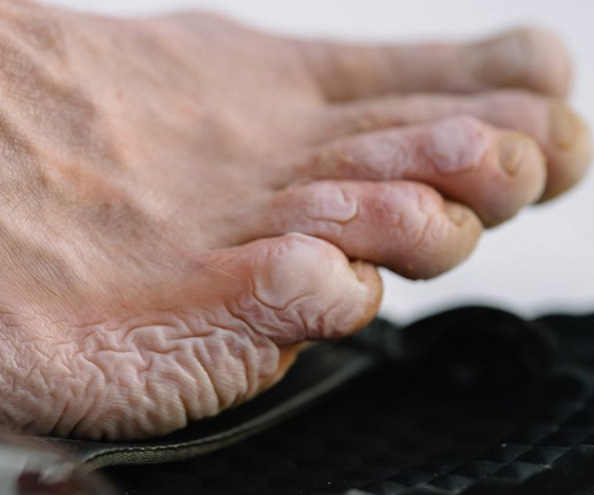
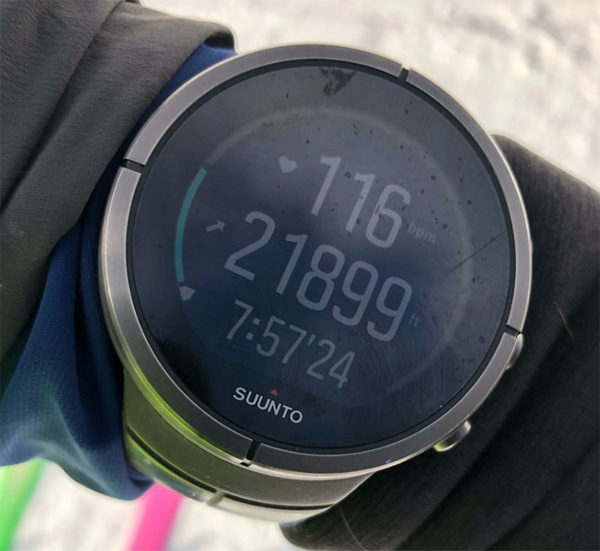

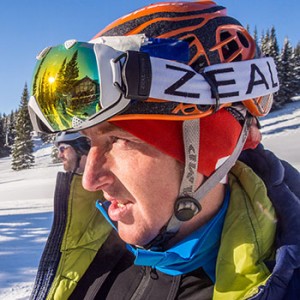
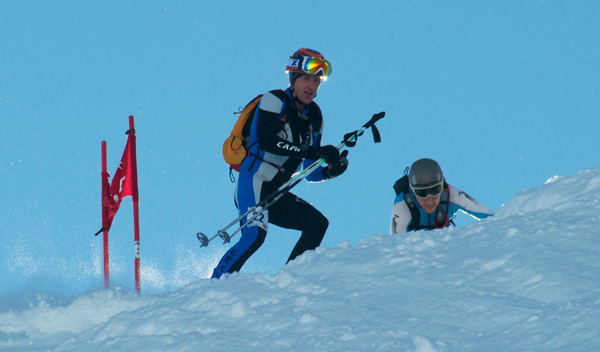
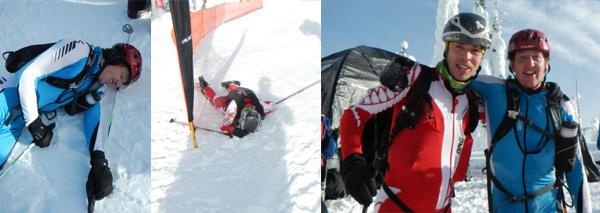

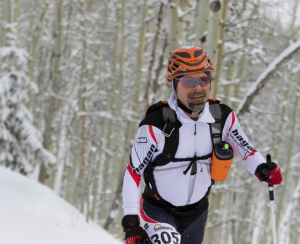

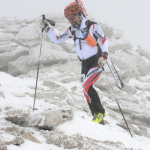
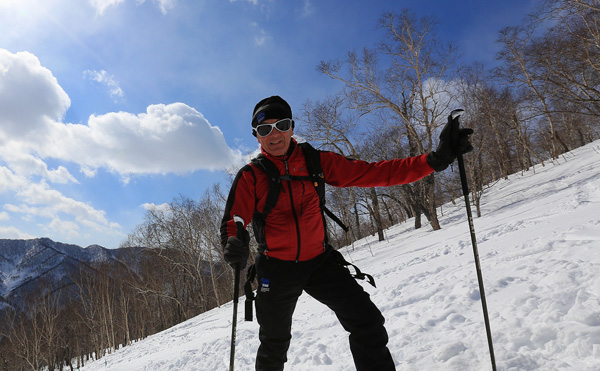
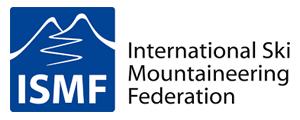
 The ISMF some years ago decided to sign an agreement with
The ISMF some years ago decided to sign an agreement with 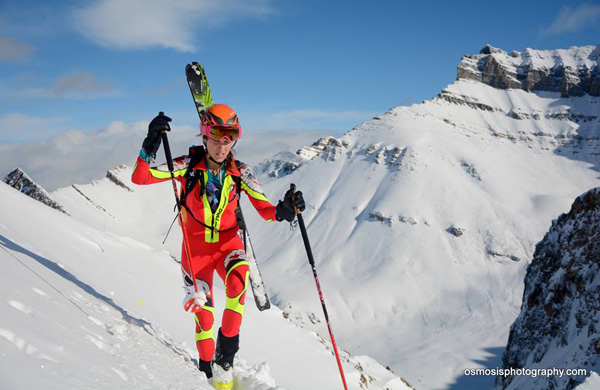
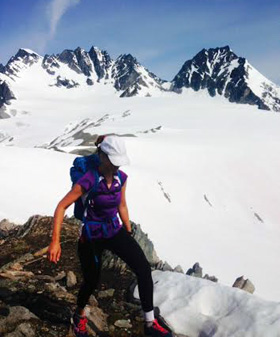 My learning and progression has been a mixed bag of frustration and help from peers. I do not have a coach and before the SkinTrack’s
My learning and progression has been a mixed bag of frustration and help from peers. I do not have a coach and before the SkinTrack’s 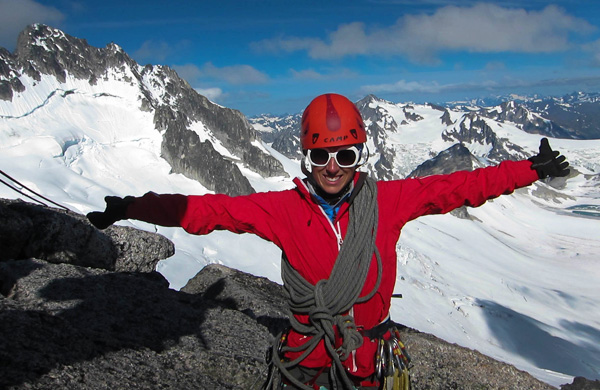
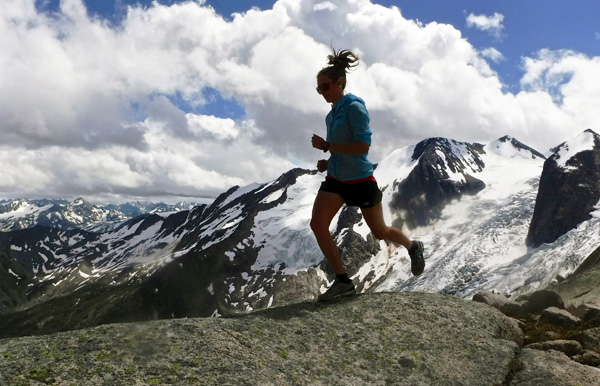
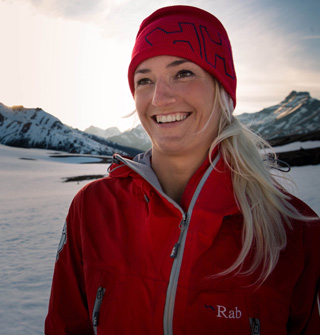 Besides being the current Canadian Skimo Champion and the North American Skimo Sprint Champion, Kylee Toth Ohler is a mother of two and one of the nicest and most smiling people you can meet.
Besides being the current Canadian Skimo Champion and the North American Skimo Sprint Champion, Kylee Toth Ohler is a mother of two and one of the nicest and most smiling people you can meet.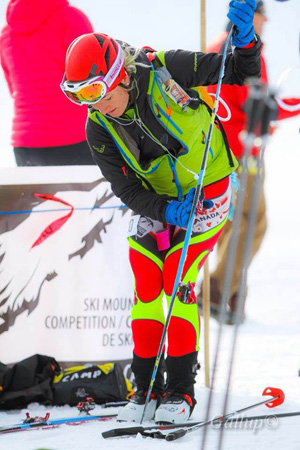 I think what is translating well is having a huge base from years of training, a love the discipline of training and knowing how to push myself.
I think what is translating well is having a huge base from years of training, a love the discipline of training and knowing how to push myself.